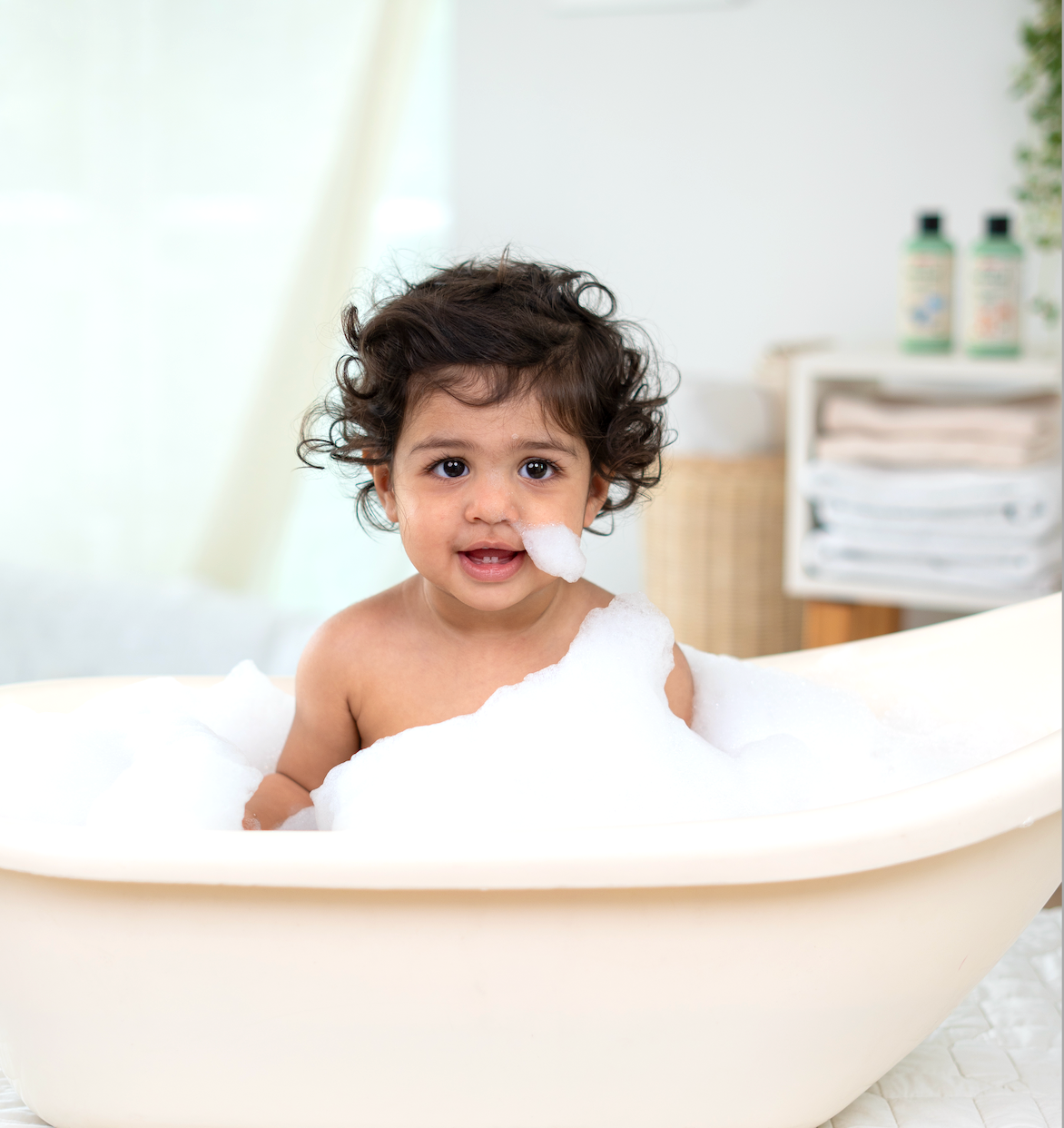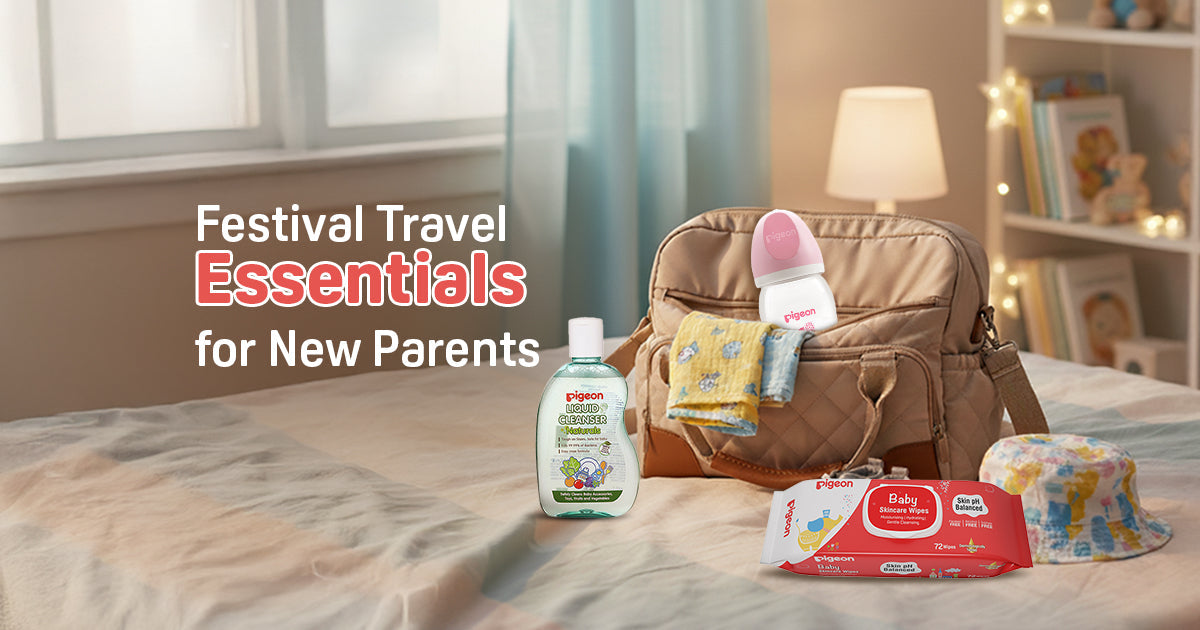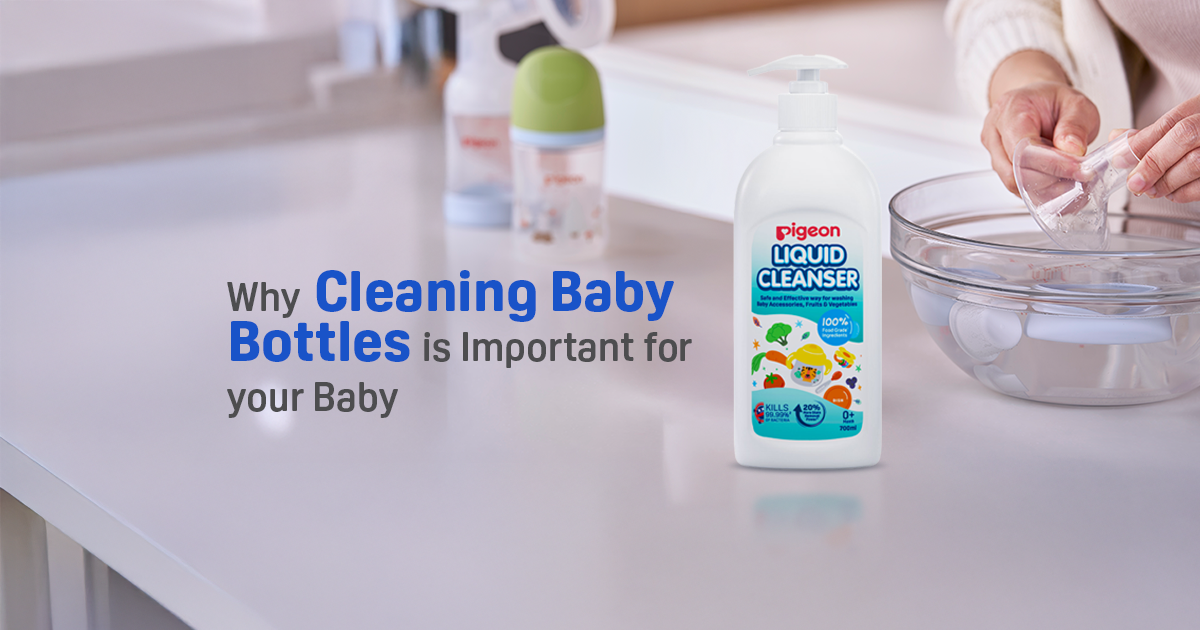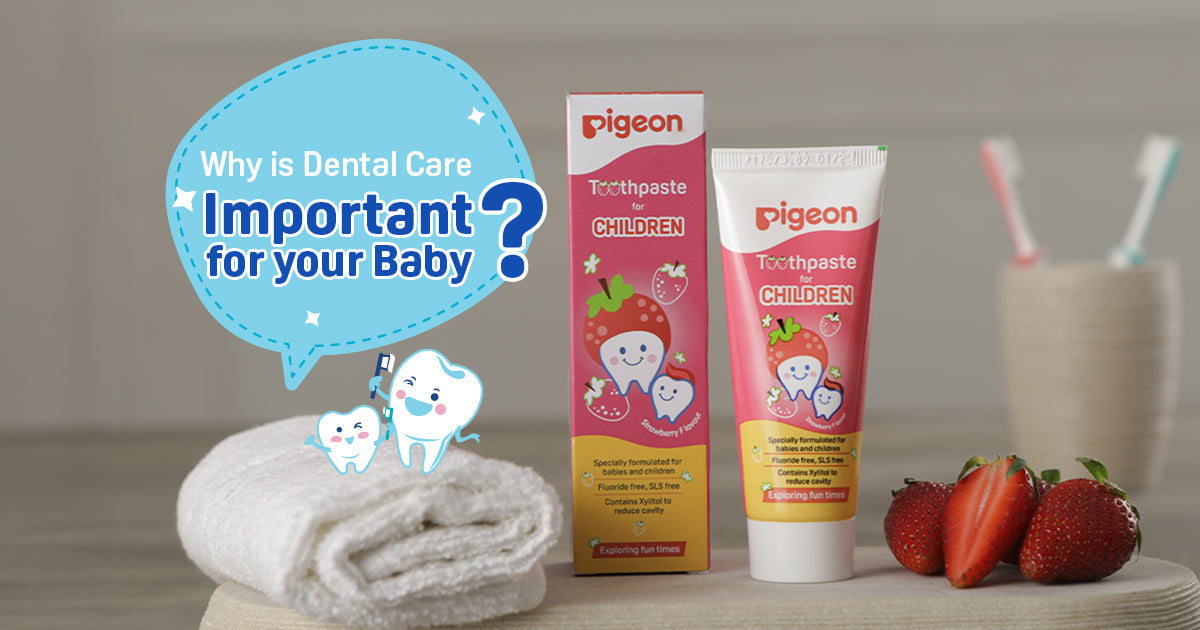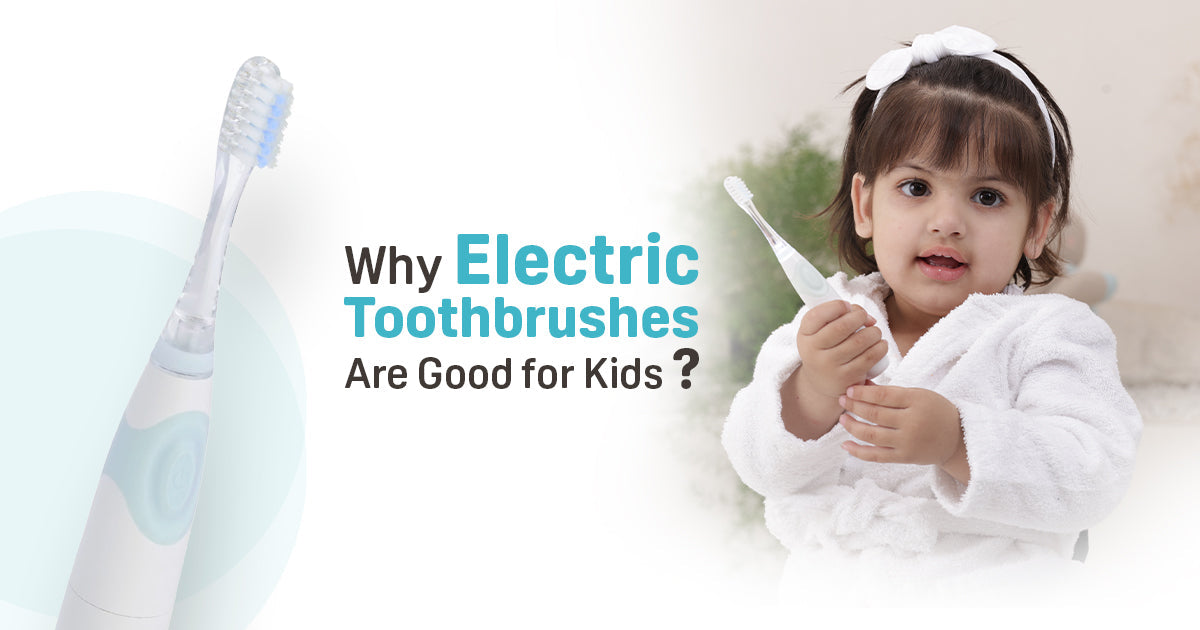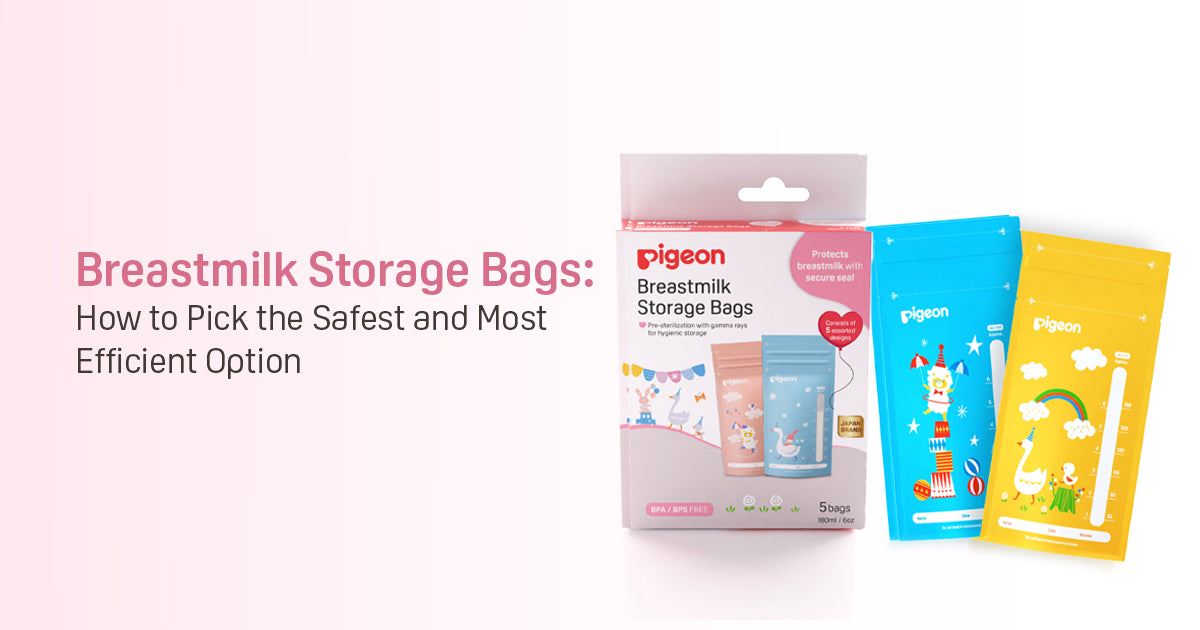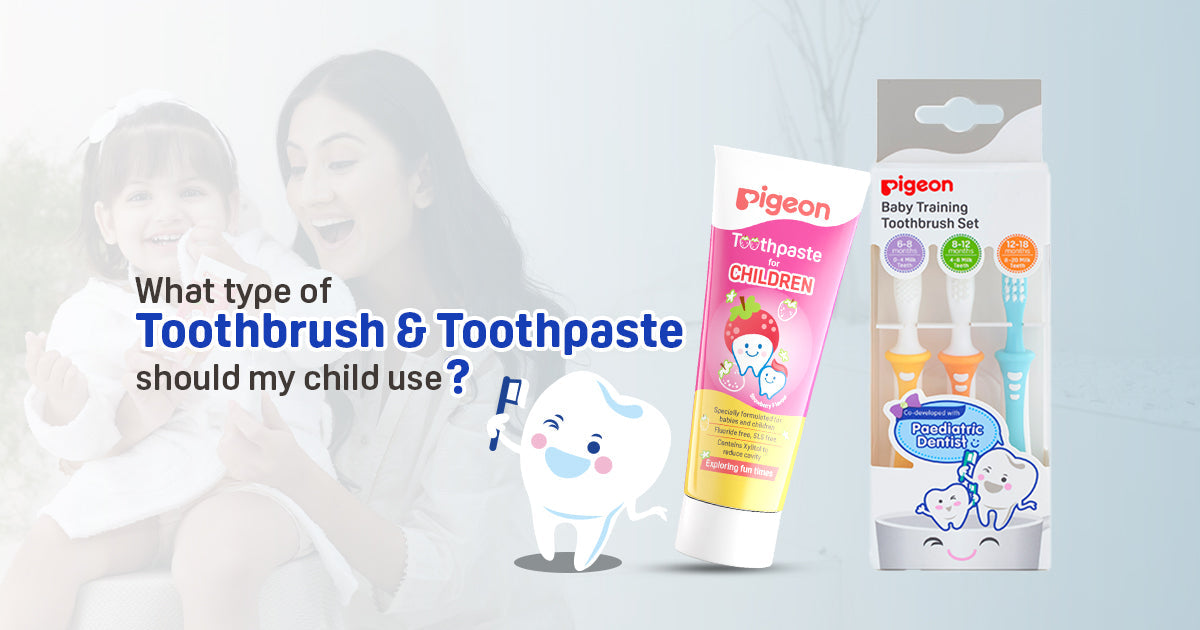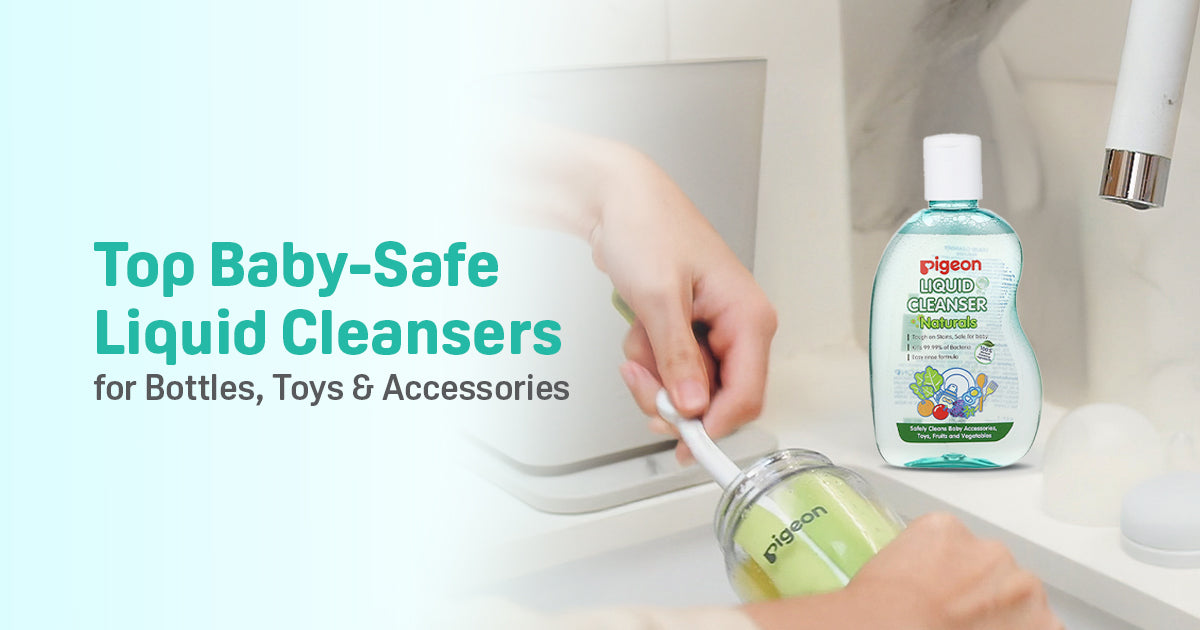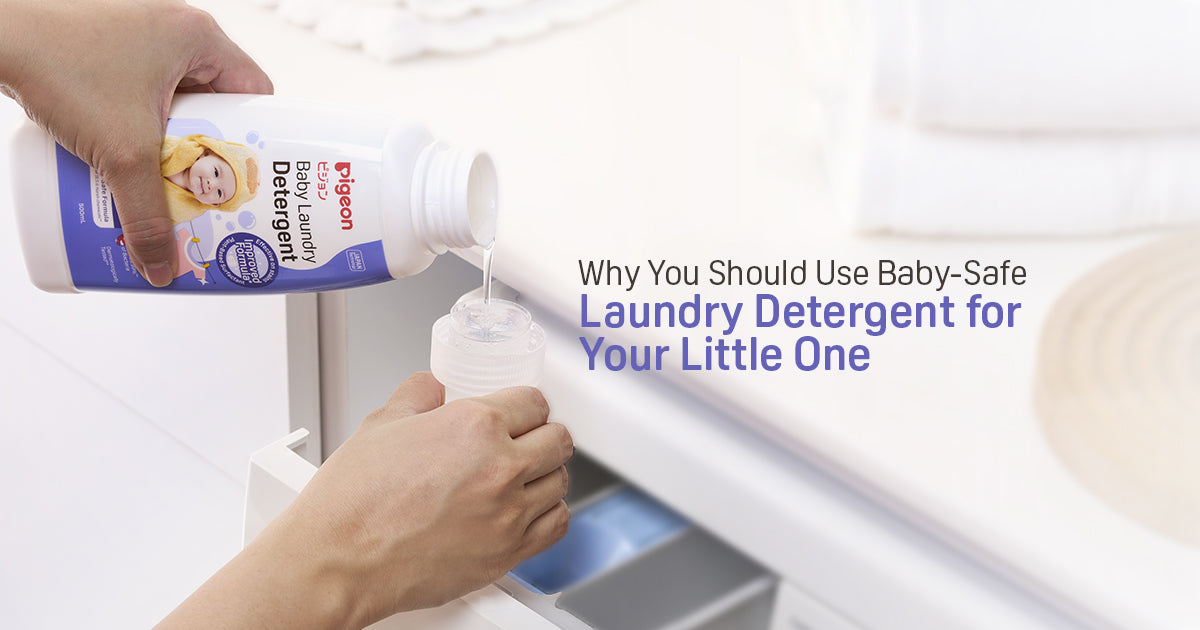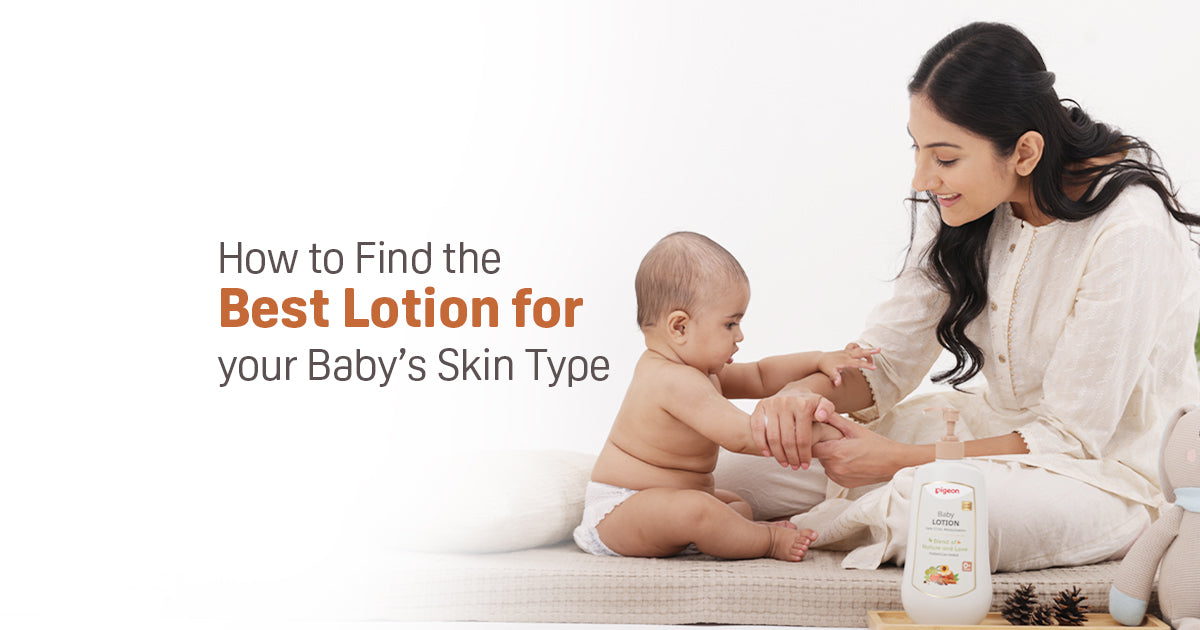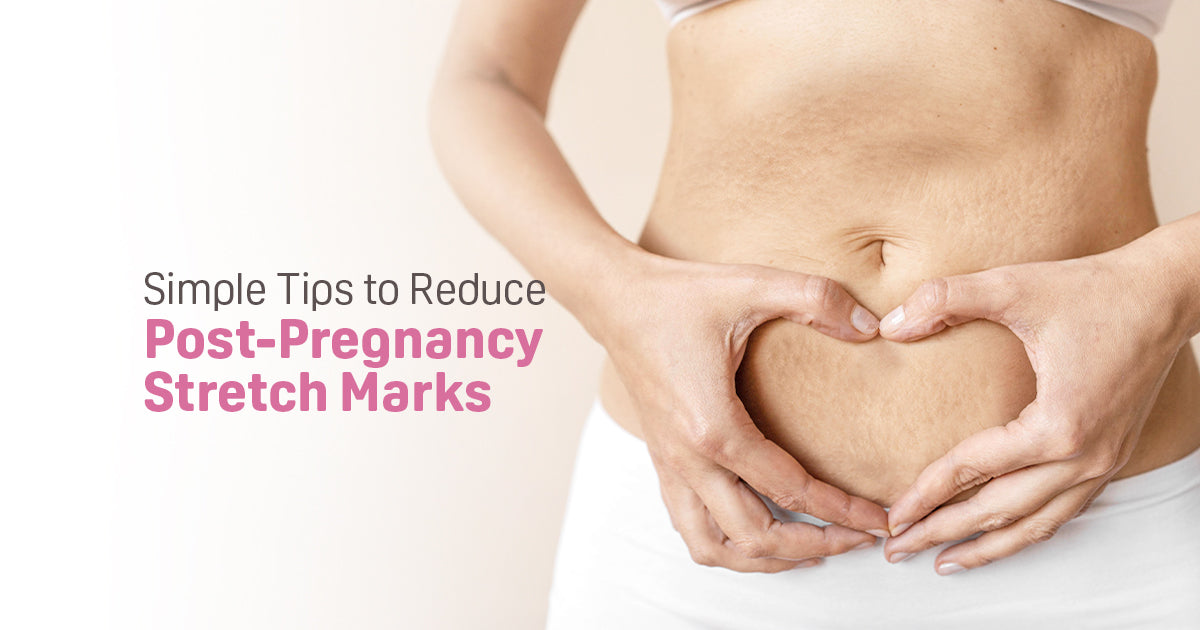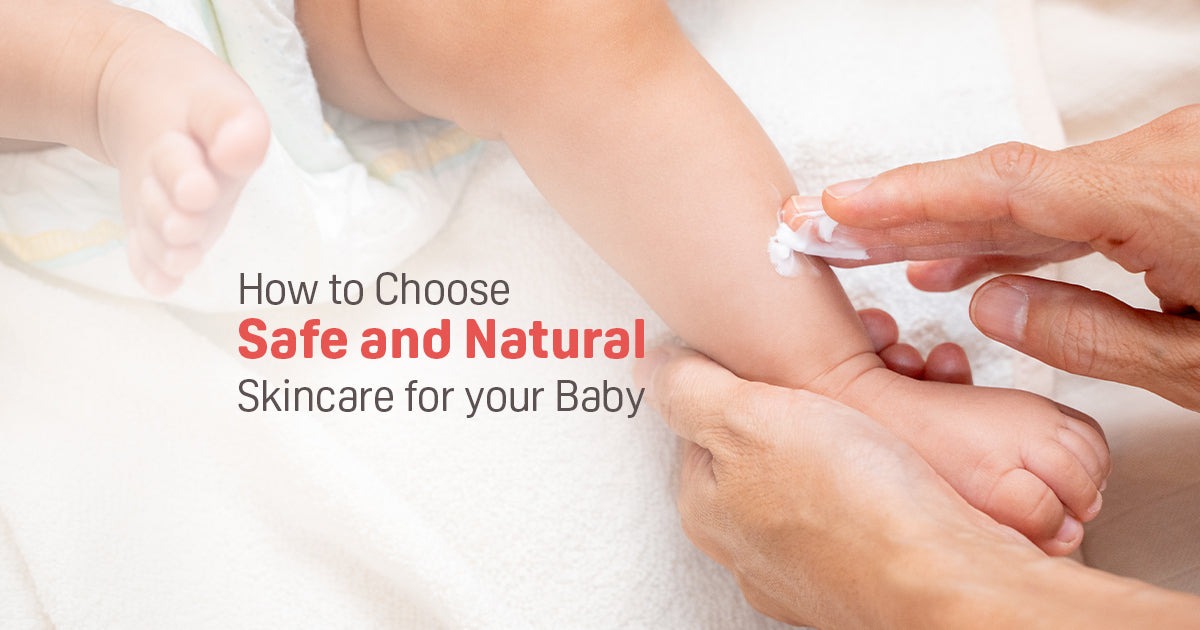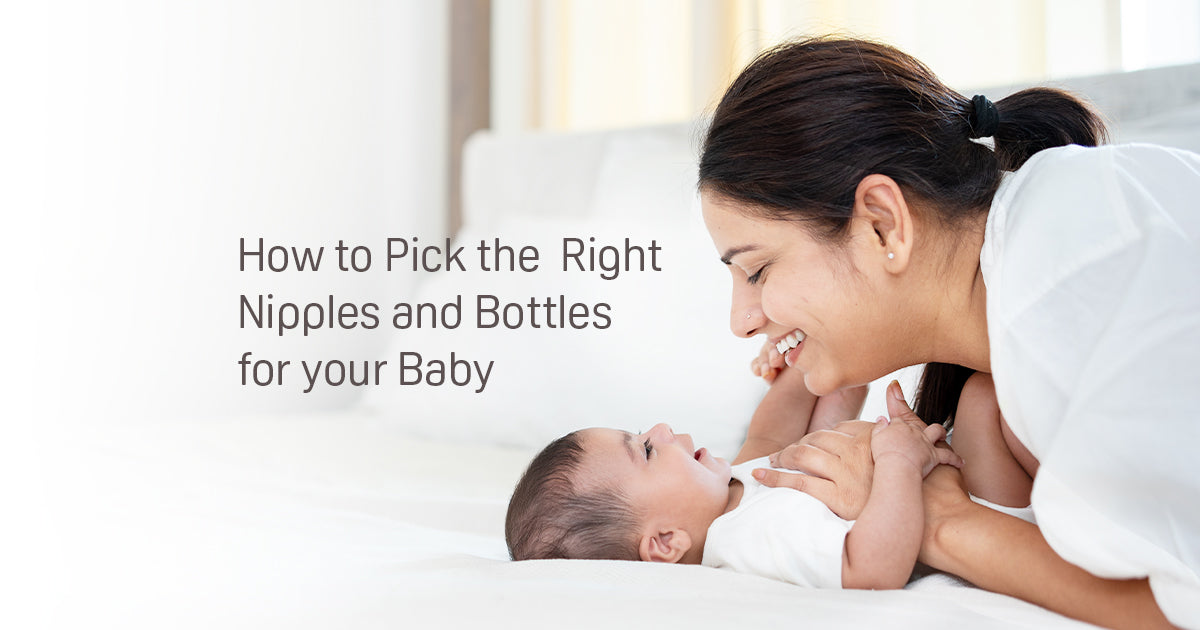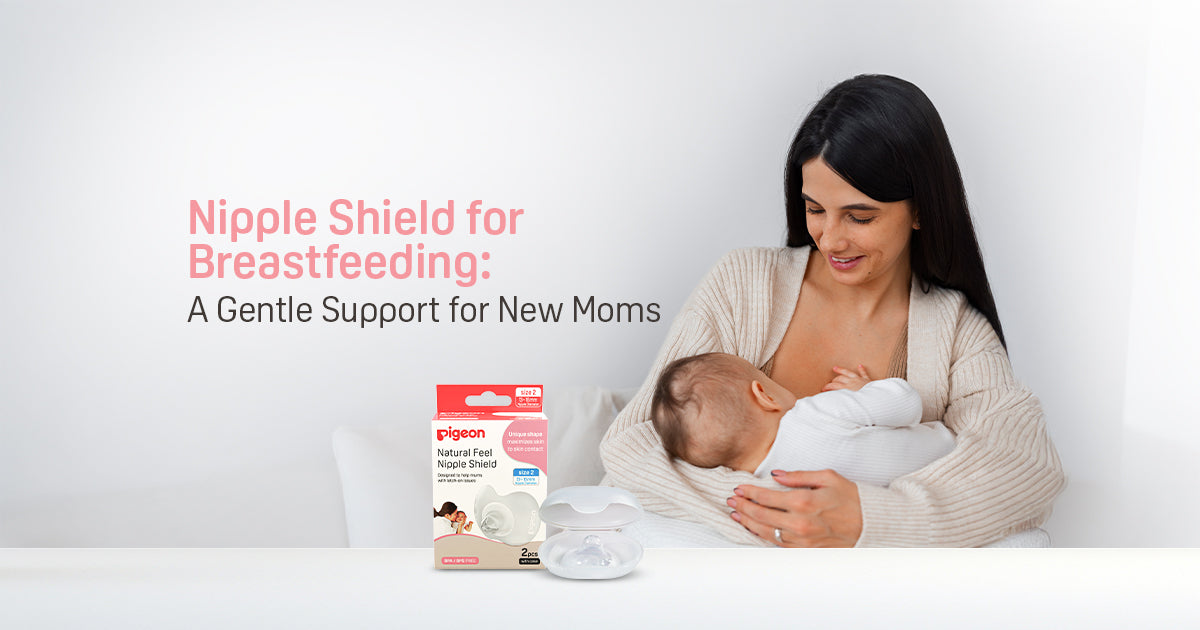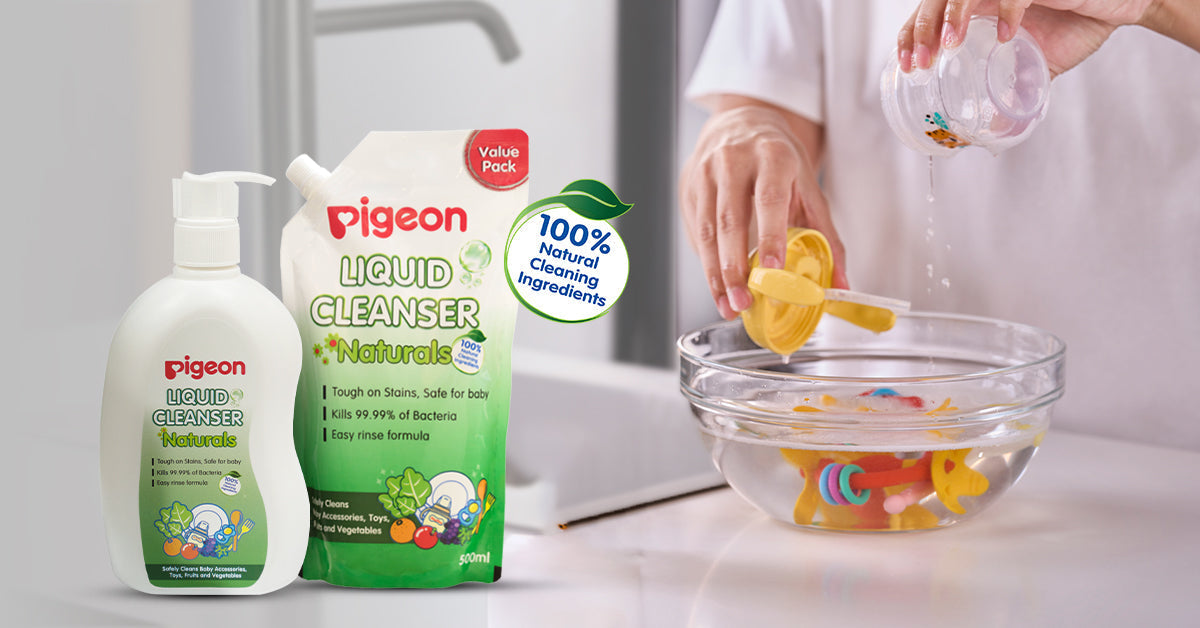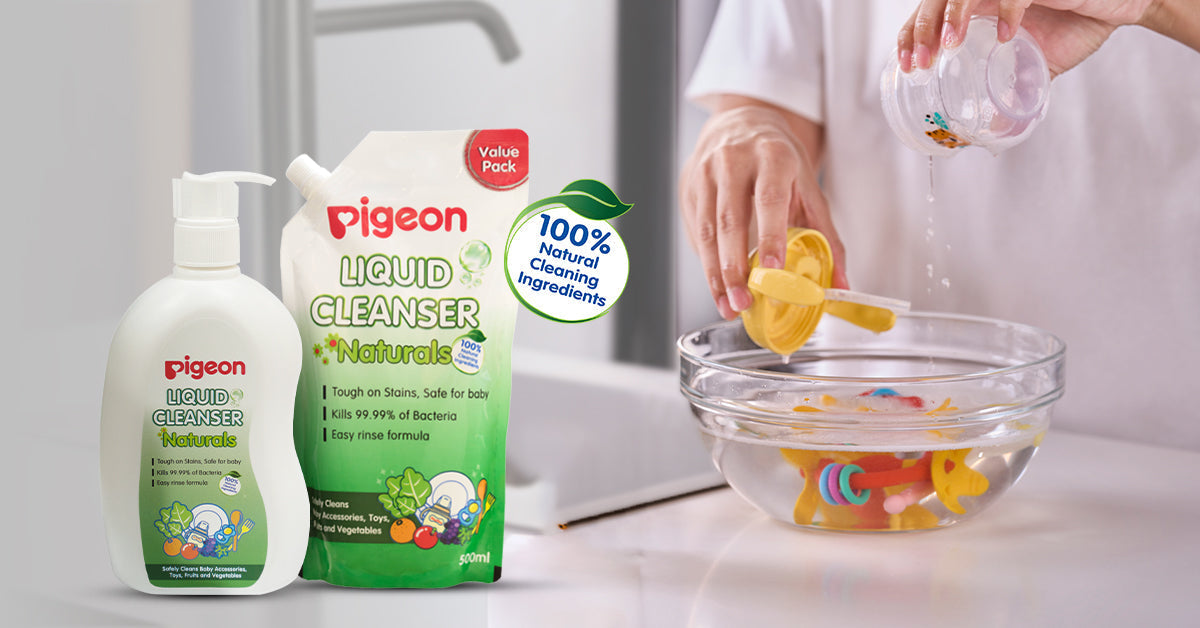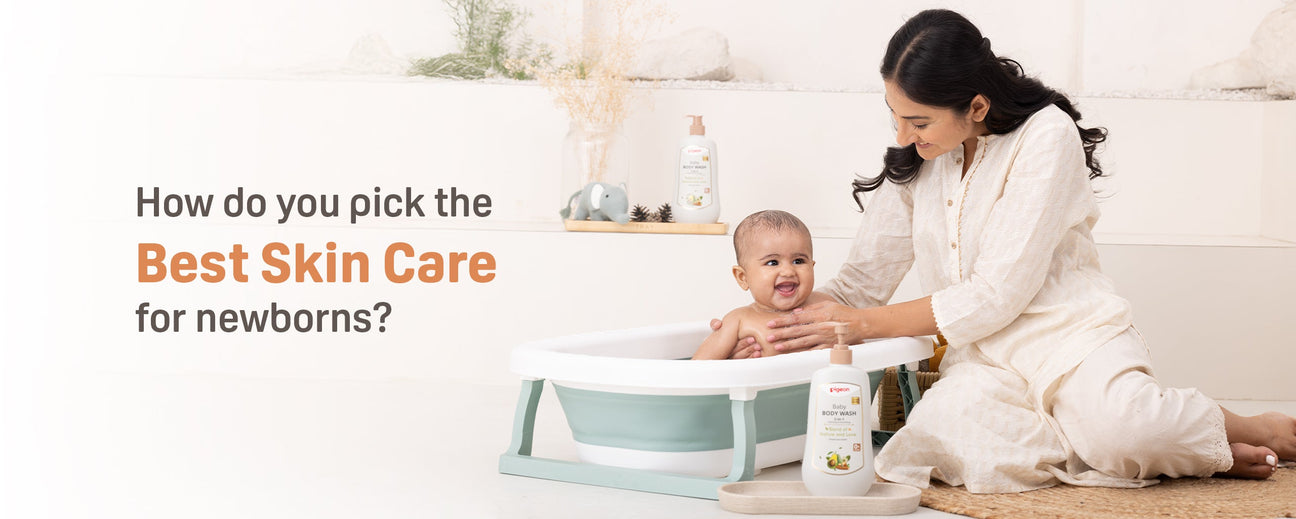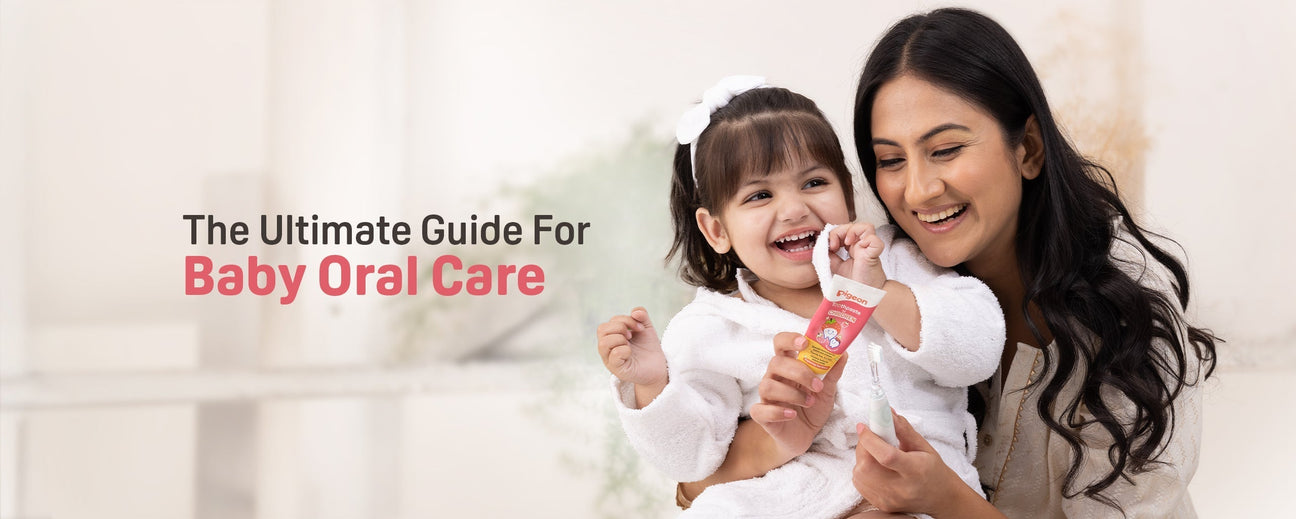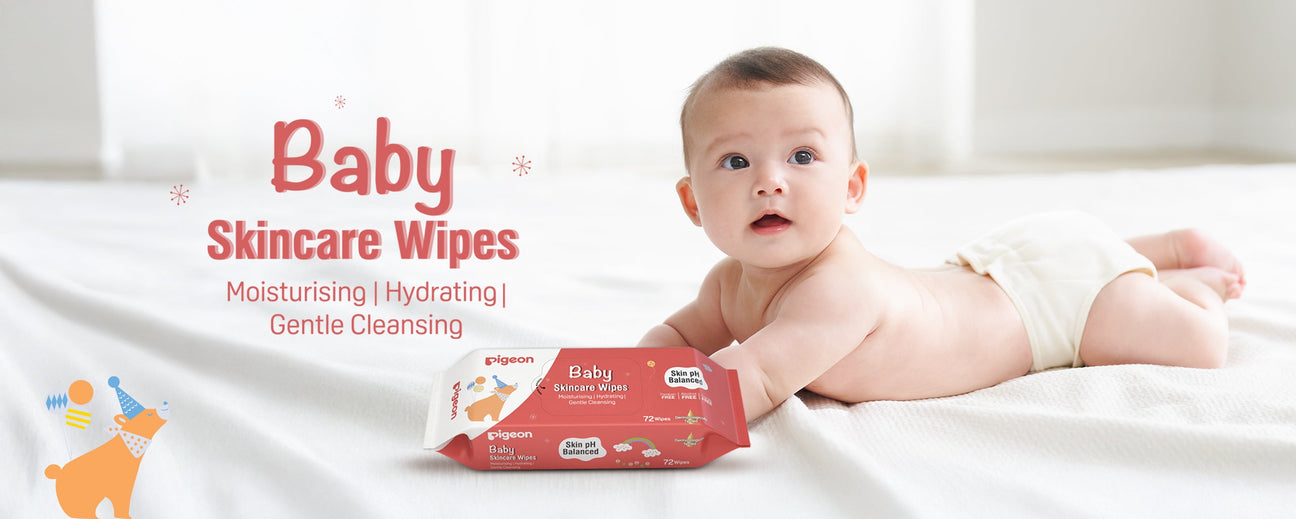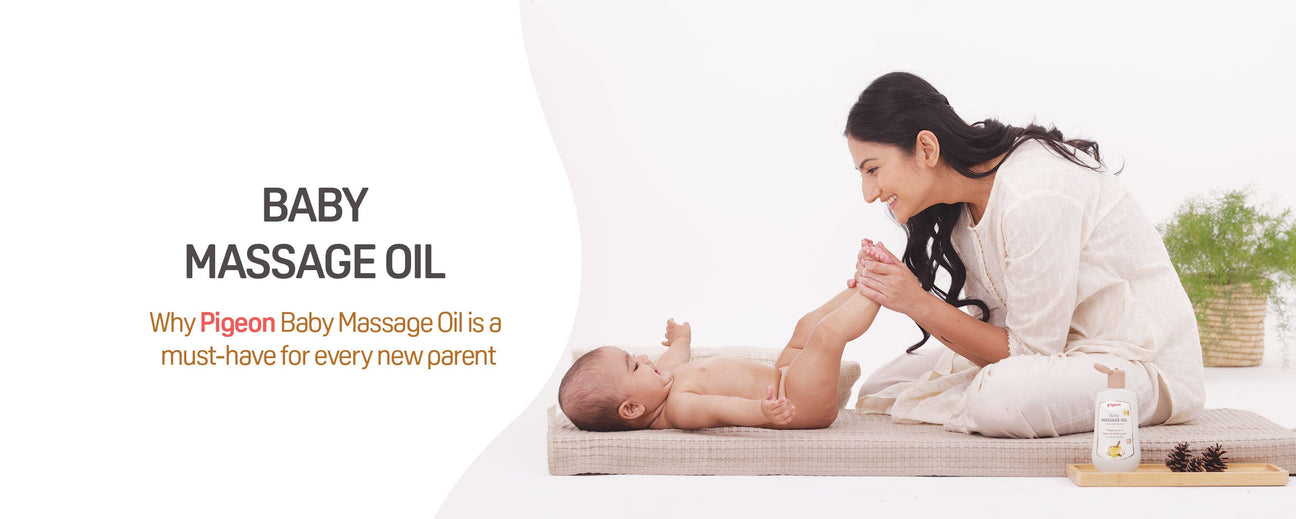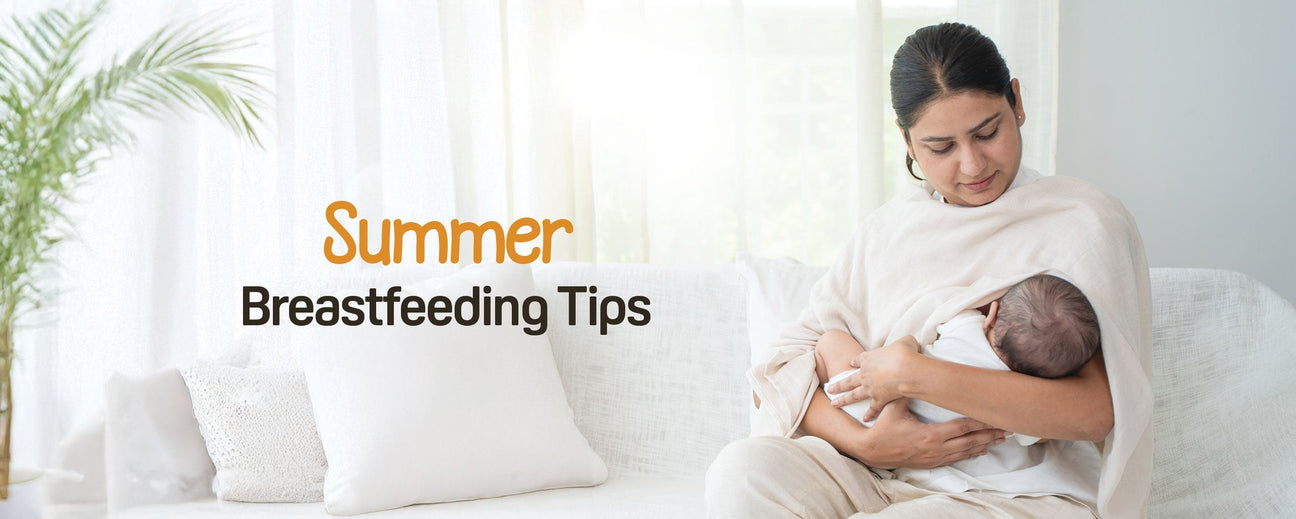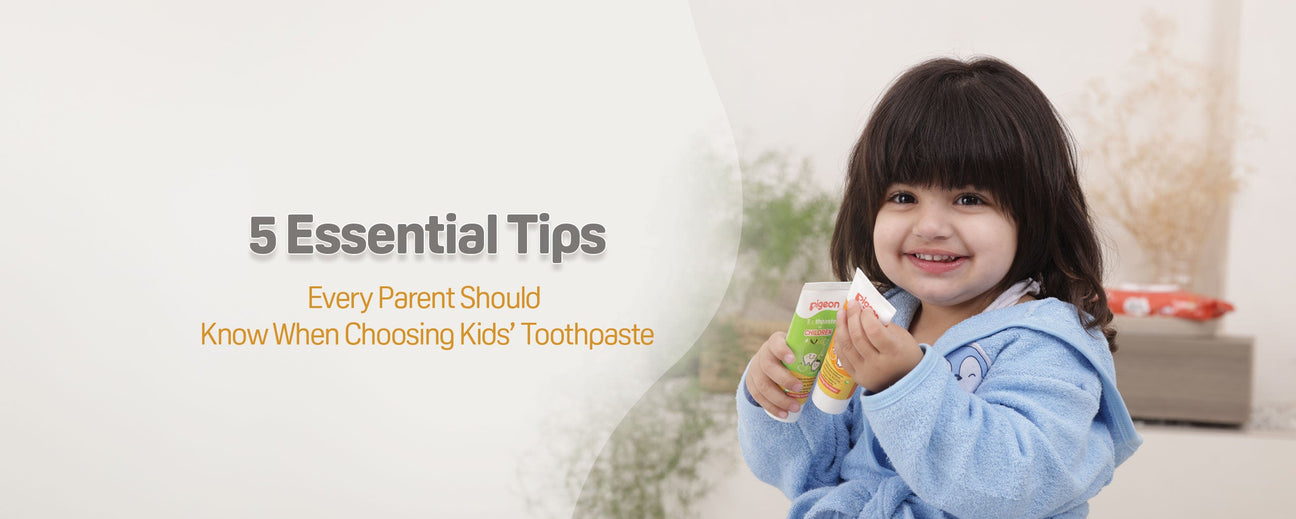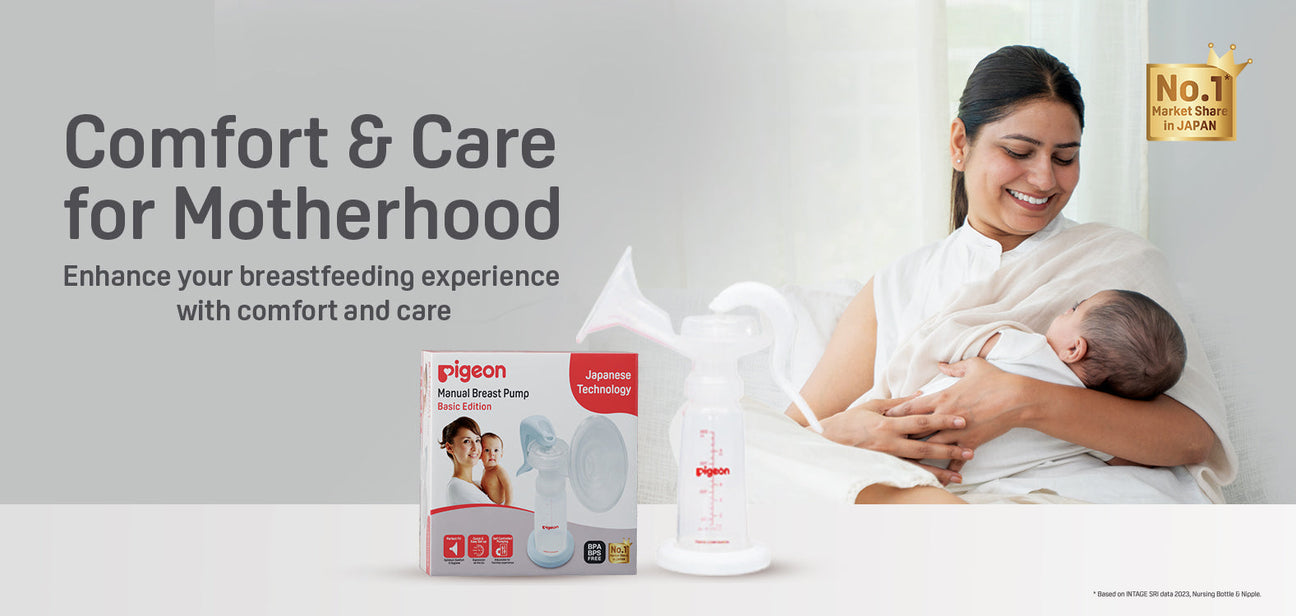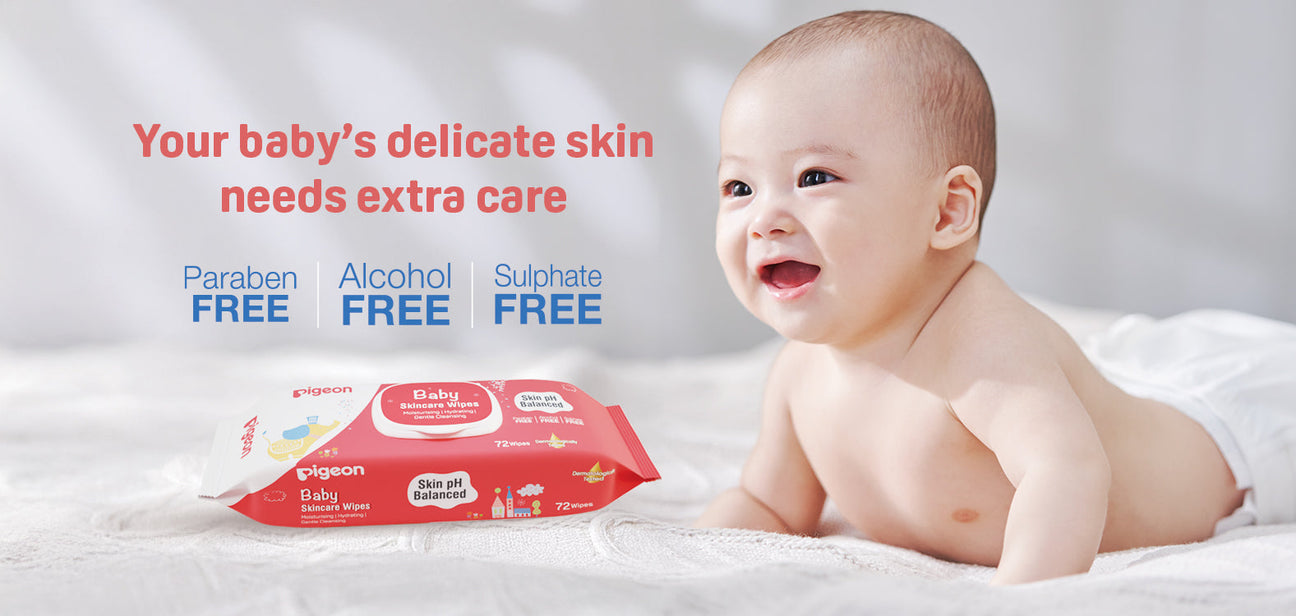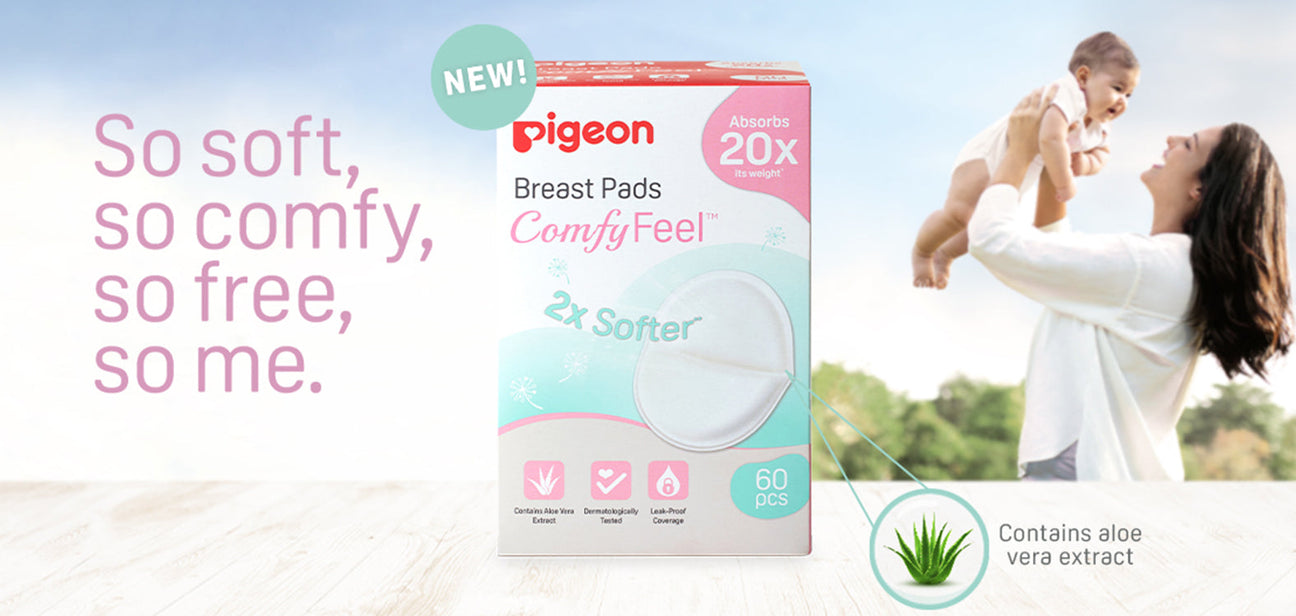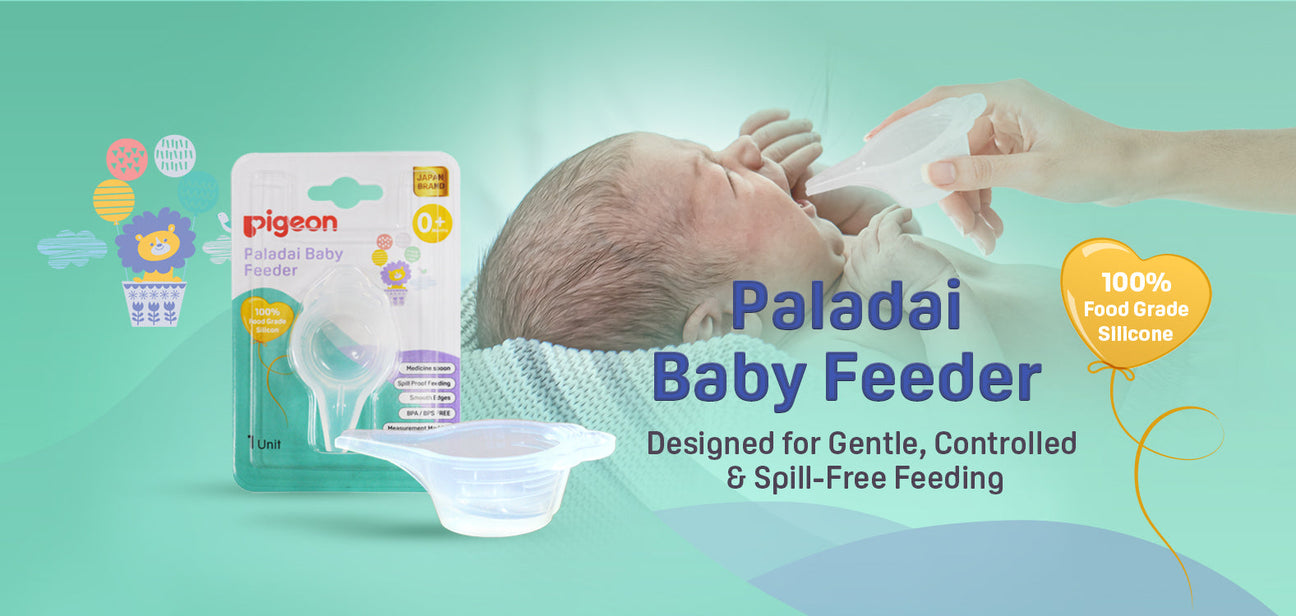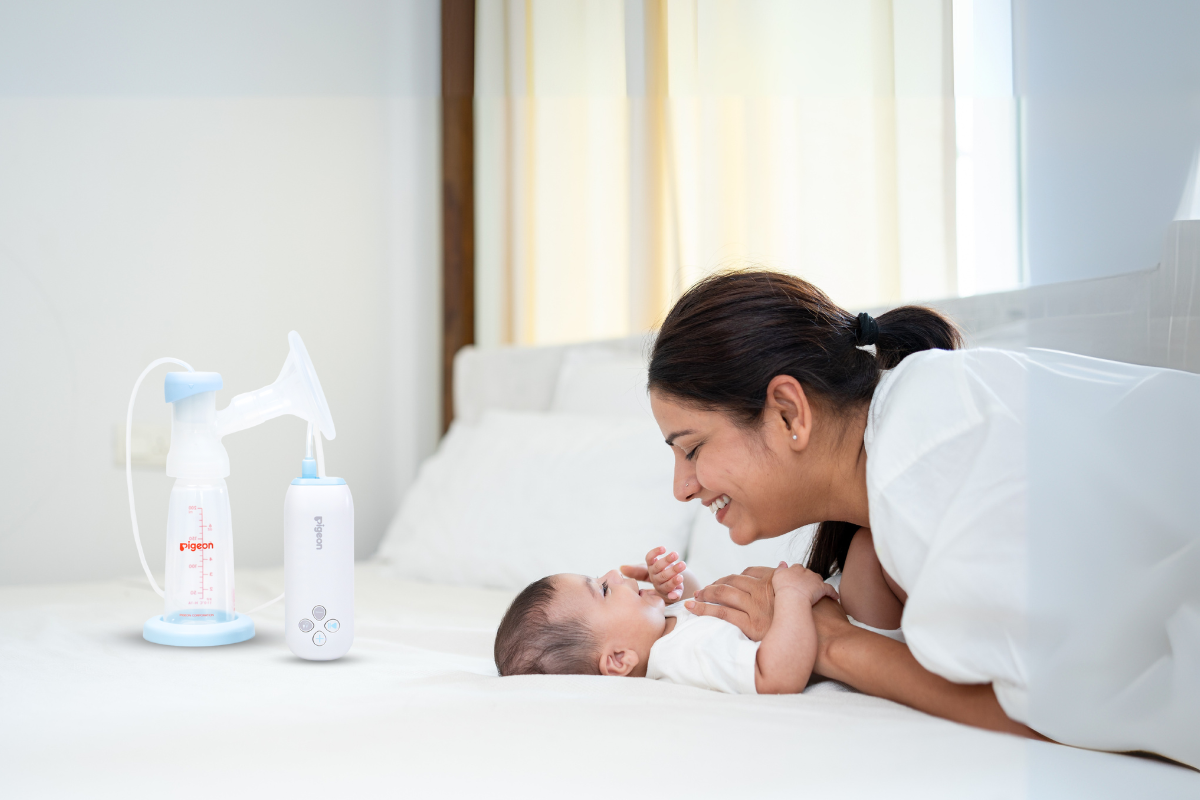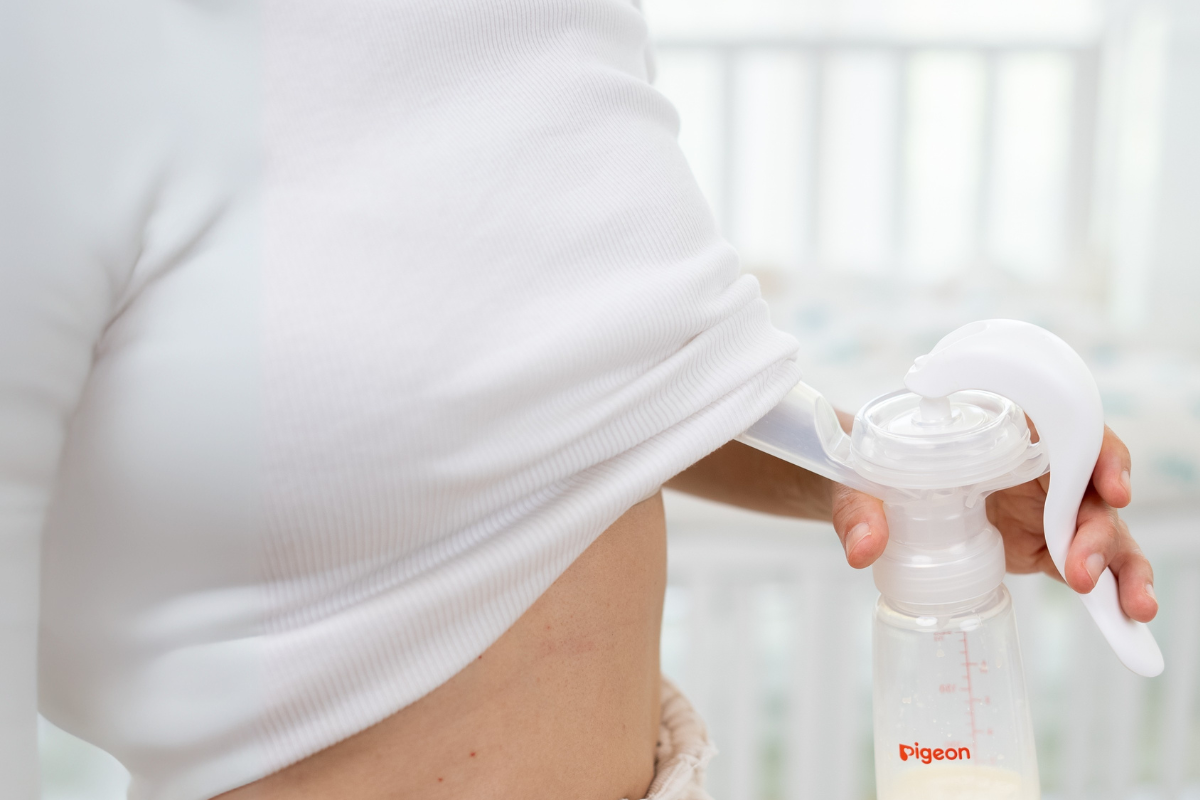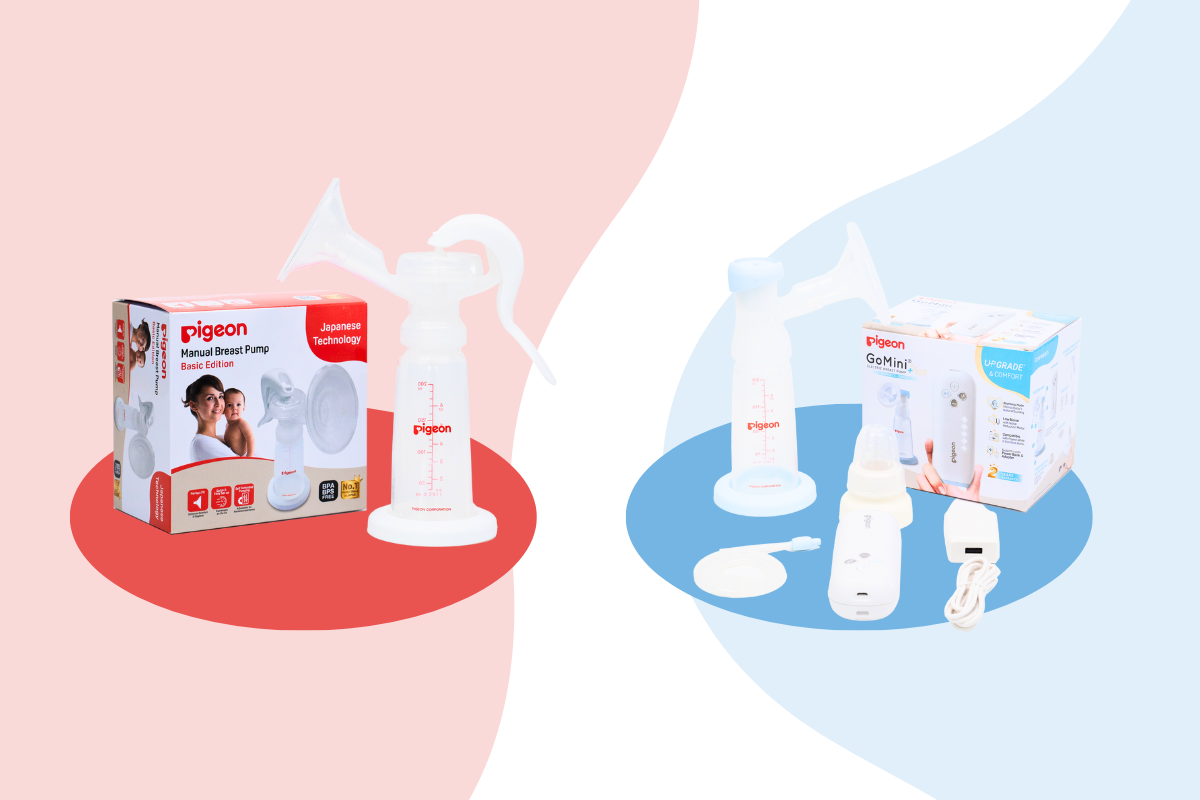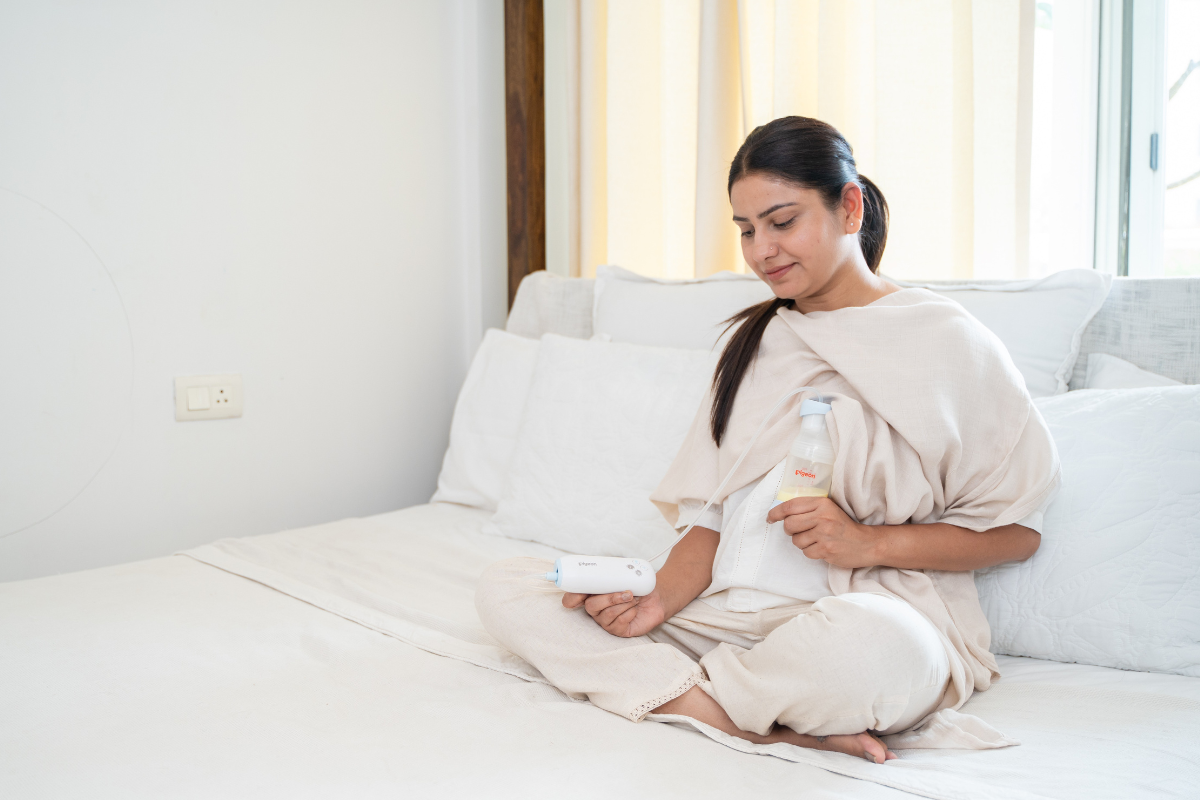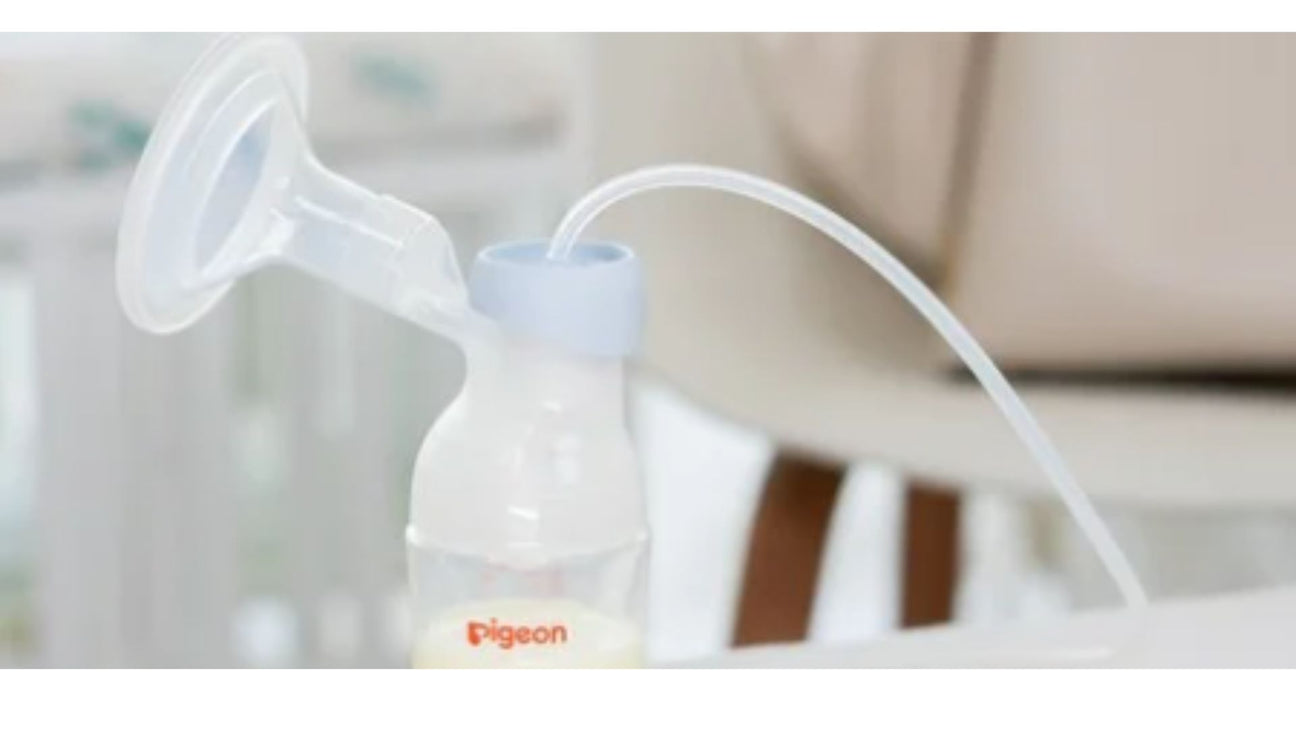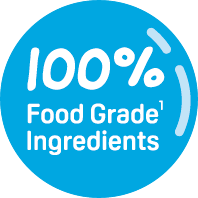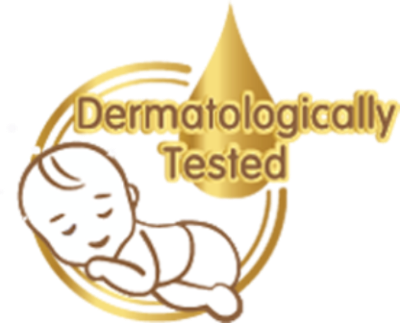The first time a tiny tooth peeks through your baby’s gum feels like witnessing a new chapter in their growth story. That beautiful smile will soon become brighter, filled with laughter and curiosity, but caring for it starts much earlier than most parents imagine. From the first tooth onward, every small step in tooth dental care shapes your baby’s oral health journey.
As parents, choosing between a finger toothbrush and a regular baby toothbrush can feel confusing. Both are designed for gentle cleaning, but each serves a unique purpose depending on your baby’s age and comfort. Let’s explore what makes them different and how you can choose the right one for your little one.
Why Early Dental Care Matters for Every Child
Good oral hygiene isn’t just about preventing cavities; it’s about setting lifelong habits. Early brushing teeth routines lay the foundation for future dental health and confidence.
-
Preventing early decay: Even before all milk teeth appear, residue from milk or baby food can lead to plaque buildup if not cleaned properly.
-
Healthy gum development: Cleaning your baby’s gums before teeth erupt maintains gum health and reduces bacteria growth.
-
Speech and nutrition: Strong, healthy teeth help babies chew comfortably and develop correct speech patterns.
-
Building long-term habits: Starting dental hygiene early helps children naturally accept tooth dental care as part of their daily routine.
What Is the Difference Between Finger Toothbrushes and Regular Baby Toothbrushes
Parents often wonder: should I start with a finger brush or go straight to a baby toothbrush? The answer depends on your baby’s stage of development and comfort level.
|
Feature |
Finger Toothbrush |
Regular Baby Toothbrush |
|
Age Group |
For newborns and babies under 12 months. |
For babies above 12 months. |
|
Material |
Soft, food-grade silicone. |
Nylon bristles with a plastic handle. |
|
Cleaning Focus |
Cleans gums and first teeth gently. |
Covers more teeth for deeper cleaning. |
|
Ease of Use |
Worn on the parent's finger for control. |
Helps babies learn to brush independently. |
|
Purpose |
Introduces oral care softly. |
Builds lasting brushing habits. |
Both have their merits!
What Is a Finger Toothbrush and When to Use It
A finger toothbrush is a small silicone brush that fits over your index finger, allowing controlled, gentle cleaning of your baby’s gums and new teeth. It’s soft, flexible, and perfect for newborns.
When to Start
You can begin using it as soon as the first tooth appears or even earlier to clean the gums. Gently massage your baby’s gums after feeding to remove milk residue and soothe teething discomfort.
Benefits of the Finger Toothbrush
-
Prevents early plaque formation and bacteria buildup
-
Offers comfort during teething with a soothing gum massage
-
Helps parents establish the habit of brushing teeth daily
-
Reduces the risk of early oral infections
Pigeon Silicone Finger Toothbrush: Gentle Start to Baby Dental Care
When Comfort Meets First Care
Pigeon’s Silicone Finger Toothbrush is made from BPA-free, food-grade silicone that’s soft and safe for a baby’s delicate gums. Designed with care, it offers parents a comfortable way to begin early dental hygiene. The smooth texture ensures gentle cleaning while avoiding irritation or discomfort.

How Its Dual Design Helps
The toothbrush features a thoughtful dual-sided design for effective cleaning and soothing. One side has ultra-soft silicone bristles that remove milk residue and early plaque, while the other side has tiny textured dots that gently massage the gums and ease teething soreness. This balance keeps the baby’s mouth clean while providing calm relief.
Why It’s Easy and Practical
Its small, ergonomic size fits perfectly on a parent’s finger, allowing full control and gentle pressure during brushing. This close contact helps babies feel safe and turns early cleaning into a loving bonding moment. It’s easy to sterilize, retains its shape after boiling, and stays hygienic for daily use. Compact and travel-friendly, it supports consistent oral care wherever parents go.
Every detail of this toothbrush reflects thoughtful design; from its soft texture to its safe materials, encouraging healthy habits from the very first days.
How to Introduce Brushing to Your Baby
Step-by-Step Routine
-
Start Early: Begin with gum cleaning after feeding using a soft cloth or finger brush.
-
Introduce Brushing: When the first tooth appears, use a toothbrush specially designed for newborns.
-
Twice-a-Day Habit: Maintain a consistent schedule, once after breakfast and once before bedtime.
-
Make It Fun: Use gentle songs or storytelling to make brushing teeth an enjoyable experience.
-
Choose Safe Tools: Always pick BPA-free, soft-bristle toothbrushes that suit your baby’s age.
How to Choose Between Finger and Regular Baby Toothbrushes
Making the right choice depends on your baby’s age, comfort, and stage of tooth development.
-
Choose a finger brush for infants under one year or those just beginning teething.
-
Gradually shift to a baby toothbrush as more teeth appear and your child starts managing brushing motion.
-
Keep both handy, as sometimes alternating between them helps maintain hygiene while soothing teething pain.
Ultimately, both tools complement each other in your child’s dental journey rather than competing alternatives.
Final Thoughts
Caring for your baby’s teeth from the very beginning isn’t just about cleanliness; it’s about forming habits that last. With the right approach and safe tools from Pigeon, every brush becomes a comforting moment between you and your child. Whether it’s the soft touch of a newborn toothbrush or the smooth silicone of a finger toothbrush, each choice builds toward a lifetime of smiles.
For gentle beginnings, explore the Pigeon Silicone Finger Toothbrush and the full Pigeon Baby Toothbrush range, designed to meet every stage of your baby’s growing smile.
FAQs
Q. Is brushing your teeth with your finger ok?
A. Yes, using a clean finger is fine before teeth appear, but switch to a finger or baby toothbrush once they start growing.
Q. When to start using a finger toothbrush for babies?
A. Start around 3 to 6 months or when the first tooth appears to keep gums clean.
Q. What type of toothbrush should a baby use?
A. Infants under one year can use a finger toothbrush, while older babies should switch to a soft-bristled baby toothbrush.

